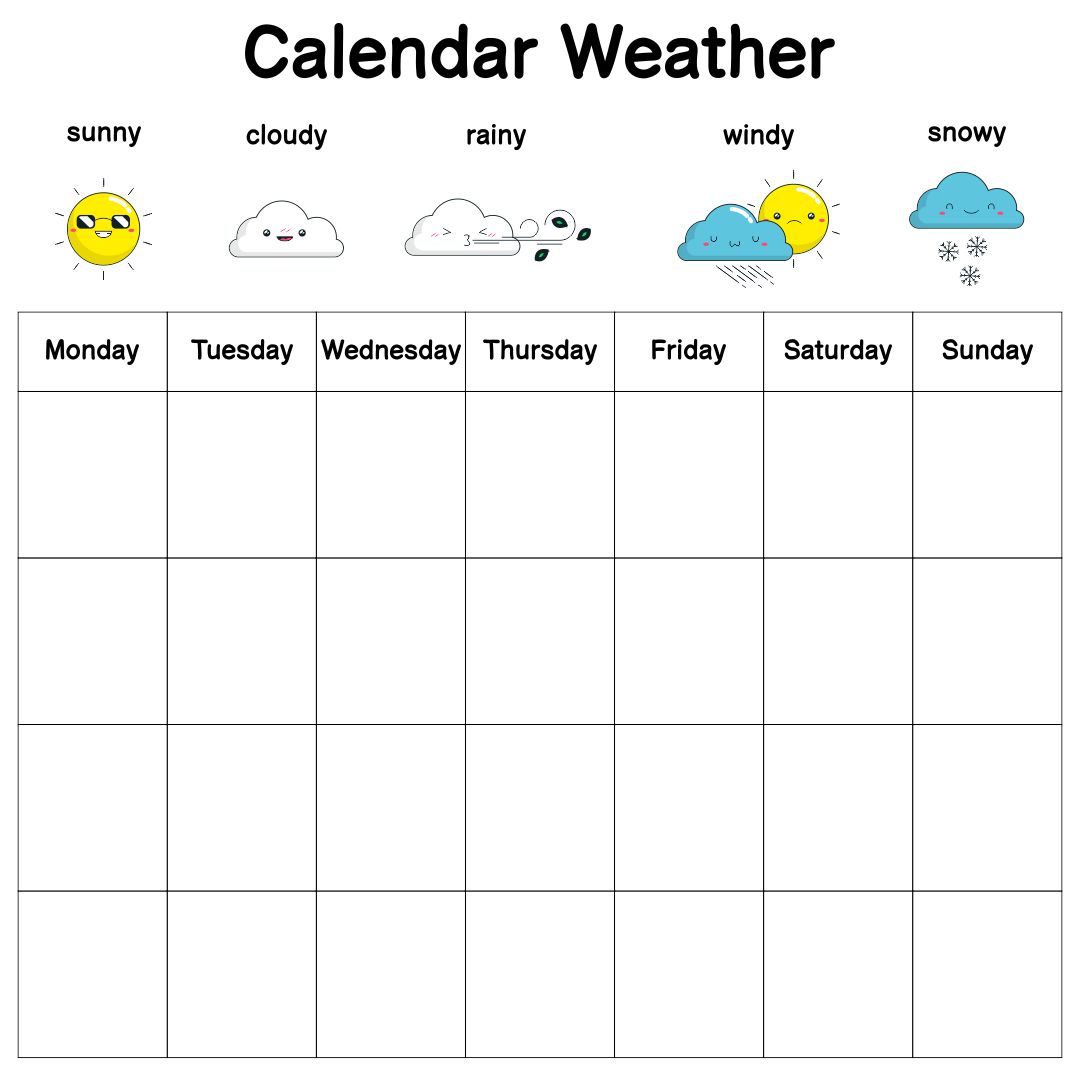

#WEATHER WEBMAP KINDERGARTEN HOW TO#
Science: How to explain gravity-Why are people in Australia not hanging upside down? Place paper clips on a table. Let students continue to practice using manipulatives at their work stations. Have students sort the pictures according to the type of animal, and then count how many they have of each animal. Math: Place a collection of pictures on the board: one koala, two kangaroos, three wombats, four dingoes, and five emus. This book will serve as a preview of what students can expect to learn about in greater detail over the coming week.

So when it’s summer in the northern hemisphere, it’s winter in the southern hemisphere - Christmas in Australia is quite different from the way your kindergarten students experience it.Ĭircle Time: Select a book about Australia, such as Look What Came from Australia by Kevin Davis. Note the equator and how this one line divides the seasons based on the tilt of the planet. Point to the Pacific Ocean and the Indian Ocean. Does it look far away? Point out the water that surrounds the continent. Does it look like a big place? How many people to do you think live there? Is there any water nearby? Next, point out Australia’s location on the globe. Social Studies: Introduce the unit by using a globe, to point to where you are located on the planet.

On the first day, students will locate Australia on a globe, identify images from the continent, and learn why the people of Australia are not falling off the planet or standing upside down! They will gain a sense of the life on the other side of the planet by learning about the continent of Australia. With this Australia unit study, kindergarten students will experience Australia with a week’s worth of activities, stories, and games.


 0 kommentar(er)
0 kommentar(er)
